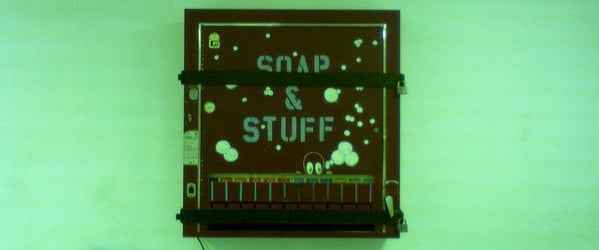When developing an assay, whether it is for basic research or for use in diagnostics, you will often be asked about your assay’s sensitivity. This is perhaps one of the most important performance characteristics you can determine for an assay, and in regulated work, such as in vitro diagnostic (IVD) development and clinical diagnostics, it is mandatory to do so. Before we dig in, let’s get the terminology and definitions sorted. Sensitivity in this context means analytical sensitivity, which is also known as limit of detection (LoD). Sometimes, people will invoke the term sensitivity when they are talking about diagnostic sensitivity, but that refers to the ability of an assay to correctly identify true positive samples (i.e. samples that really contain the target of your assay).
What is the limit of detection?
Quite simply, LoD is the lowest amount of a target or analyte that your assay can detect 95% of the time. See what I just did there? I added in probability! This is an important point – LoD is a probabilistic measurement. If you were calculating LoD for a quantitative polymerase chain reaction (qPCR), you might determine the lowest copy number of your target sequence that can be detected 95% of the time.
One of the most misunderstood facets of LoD is if you can detect an analyte at a level below your LoD. You most certainly can, but it is just that much more improbable that you would. For instance, imagine if the LoD of your qPCR was 25 copies per reaction. If you subjected a sample with 15 copies per reaction to this assay, you might only detect the target 70% or 80% of the time.
How to calculate the limit of detection
So how does one determine LoD? Luckily, there is a very straight forward approach: you create serial dilutions of your analyte and simply observe the rate of detection.
Let’s demonstrate using the hypothetical example below. We will assume that we are trying to determine the LoD of a qPCR reaction in terms of copies per reaction.
1. Create primary serial dilutions of your target
- For a qPCR assay, this is likely to be a cloned amplicon.
- Perform your serial dilutions with a 1:10 dilution, starting at 1000 copies per reaction (this is an input level that is very likely to result in target detection) down to 1 copy per reaction (this is an input level that is likely to be below the LoD).
2. Set up your PCR, testing each dilution in triplicate
- Be sure to include a no template control (i.e. water control).
3. Tabulate your results
- Table 1 shows hypothetical results. The next steps are based on these results.
- Based on the detection rate, the LoD is somewhere between 10 and 100 copies per reaction.
Table 1: Example of preliminary dilution series results
| Analyte input (copies per reaction) | Detection rate (X detected / Y replicates) |
|---|---|
| 1000 | 3 / 3 |
| 100 | 3 / 3 |
| 10 | 1 / 3 |
| 1 | 0 / 3 |
4. Create secondary serial dilutions of your target using smaller steps and more replicates
- Following this example, you would start with 100 copies per reaction.
- Perform serial dilutions using a 1:2 dilution, starting with 100 copies per reaction and ending with 1.563 copies per reaction.
5. Set up your qPCRs in 10 to 20 replicate reactions
- Be sure to include a no template control (i.e. water control).
6. Tabulate your results
- Table 2 shows the hypothetical results of the secondary dilution series based on 20 replicate reactions.
Table 2: Example of secondary dilution series results
| Analyte input (copies per reaction) | Detection rate (X detected / Y replicates) |
|---|---|
| 100 | 20 / 20 |
| 50 | 20 / 20 |
| 25 | 20 / 20 |
| 12.5 | 20 / 20 |
| 6.25 | 7 / 20 |
| 3.125 | 1 / 20 |
| 1.5625 | 0 / 20 |
Based on the example shown in Table 2, the LoD would be 12.5 copies per reaction as this is the lowest input amount where the detection rate was ? 95%.
This approach is a very straightforward and rapid way to determine the LoD of your assay. For more precision you might try averaging the LoD across multiple studies such as the one above and even include multiple reagent lots and even multiple instruments. Knowledge of your assay’s sensitivity will go a long way in helping you troubleshoot results, and if you are operating in a regulated environment, like clinical diagnostics, the LoD will be a performance specification used to gauge the effectiveness of your assay during its intended use.







